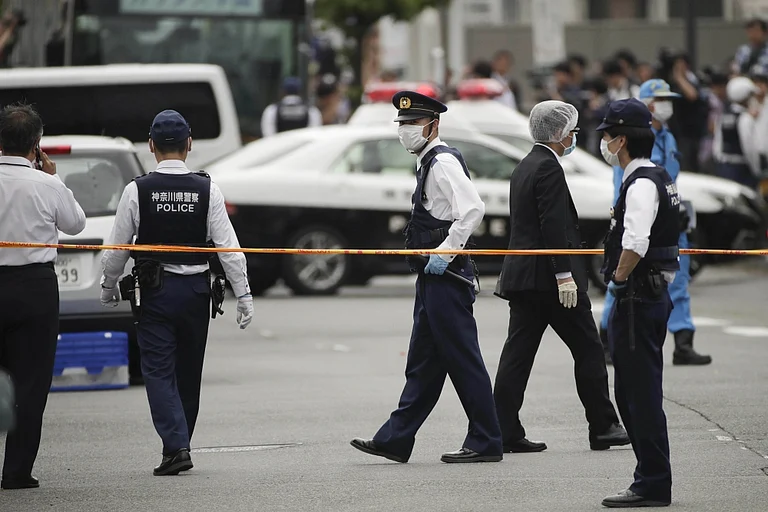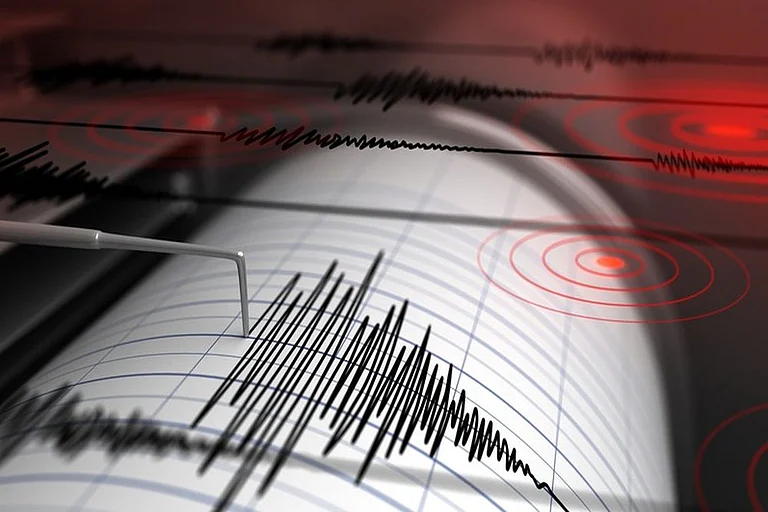Following a powerful 7.1 magnitude earthquake striking off Japan's southern coast and injuring three people, authorities on Thursday felt the necessity to issue its first-ever advisory anticipating higher-than-usual risks of a Nankai Trough megaquake. In its advisory, it has urged its residents to refrain from staying close to the coastline.
Earlier as well, a prediction of 70-80 percent chance was made by the Japanese government for a magnitude 8 to 9 earthquake happening along the Trough in the next 30 years.
What is a megaquake?
Seismologically, a megaquake is defined as an earthquake with a magnitude over 8 on the Richter Scale. According to the estimation, the next Nankai Trough megaquake could be as powerful as magnitude 9.1.
According to the United States Geological Survey (USGS), the length of the fault is often considered the primary reason behind the earthquake of such enormous magnitude.
Historically, an earthquake of magnitude 9.5 on May 22, 1960 in Chile on an almost 1,600 km long fault is the biggest ever one recorded so far.
About Nankai Trough: Why is it significant?
The 900 km long Nankai Trough is located in Japan's southwest Pacific coast marking the geological area where the Philippine Sea Plate is subducting under the Eurasian Plate. The resultant cumulative tectonic strains in the area is estimated to cause a megaquake once in 100 to 150 years.
Japan's topography suggests that it is one of the world's most seismologically active and earthquake-prone nations sitting upon the Pacific "Ring of Fire" arc of volcanoes and oceanic trenches.
In 2011, a devastating earthquake of 9 magnitude killed over 15,000 people. The earthquake also triggered a tsunami and triple reactor meltdowns at a nuclear power plant.
The most recent Nankai Trough quake happened in 1946 when a magnitude 8 tremor and 6.9-metre (22.6-ft) tsunami waves killed 1,330 people.
Possible damages caused by the megaquake
According to Japan's Nankai Trough megaquake advisory panel, the catastrophic event has the potential to cause maximum measurable tremors in areas starting from central Shizuoka which is about 150 km south of the capital Tokyo, to southwestern Miyazaki.
The accumulated tectonic strains in the region can trigger humongous Tsunami waves of up to 30 meters reaching Japan's Pacific coasts within minutes after the quake.
Furthermore, the aftermath of the megaquake can also lead to landslides and fire causing a large scale natural disaster claiming millions of lives and thousands of buildings while forcing nearly 10 million survivors to evacuate or relocate.
Besides physical damage, the catastrophe will have a significant bearing on large-scale economic damage of up to 1.50 trillion US dollars alongside long-lasting impacts on infrastructure and supply chains across the island nation.






























